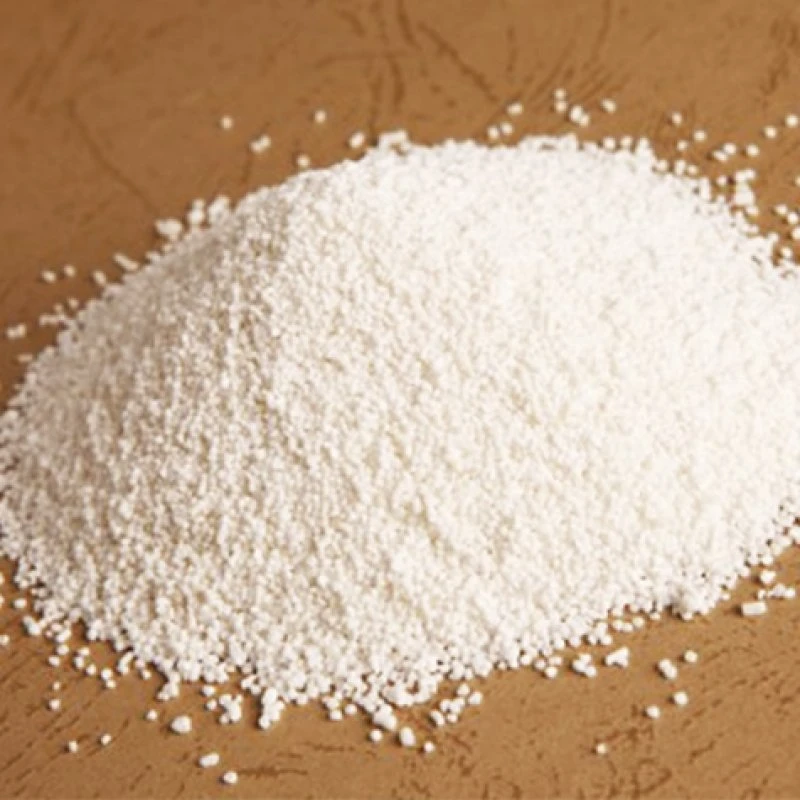



molar mass of lead ii nitrate
Lead(II) nitrate, with the chemical formula Pb(NO₃)₂, is an inorganic compound that finds its use in various applications, ranging from industrial processes to laboratory settings. One of the significant aspects of this compound is its molar mass, which plays a crucial role in stoichiometric calculations and when preparing solutions.
To determine the molar mass of lead(II) nitrate, we must first understand the individual components that make up its formula. Lead (Pb) has an atomic mass of approximately 207.2 g/mol. The nitrate ion (NO₃) consists of one nitrogen atom and three oxygen atoms. The atomic mass of nitrogen (N) is about 14.0 g/mol, while that of oxygen (O) is approximately 16.0 g/mol. Therefore, the molar mass of a single nitrate ion can be calculated as follows
- Nitrogen 1 x 14.0 g/mol = 14.0 g/mol - Oxygen 3 x 16.0 g/mol = 48.0 g/mol - Total for NO₃ 14.0 g/mol + 48.0 g/mol = 62.0 g/mol
Since lead(II) nitrate contains two nitrate ions, we must multiply the molar mass of the nitrate by two
- Total for two NO₃ 2 x 62.0 g/mol = 124.0 g/mol
molar mass of lead ii nitrate

Now, we can add the molar mass of lead to the total mass of the two nitrate ions
- Molar mass of Pb(NO₃)₂ = 207.2 g/mol (Pb) + 124.0 g/mol (2 NO₃) = 331.2 g/mol
Thus, the molar mass of lead(II) nitrate is approximately 331.2 g/mol.
Understanding the molar mass of lead(II) nitrate is vital for various applications, such as preparing solutions for chemical reactions and determining the quantities required for experiments. In addition, it is also essential for understanding the environmental impact of lead compounds, considering that lead is a toxic heavy metal. Therefore, accurate knowledge of the molar mass not only aids in scientific experimentation but also promotes safety and environmental sustainability. As we continue to explore the chemistry of lead(II) nitrate, we must remain cognizant of its uses, benefits, and the precautions needed to handle it safely.
-
Why Sodium Persulfate Is Everywhere NowNewsJul.07,2025
-
Why Polyacrylamide Is in High DemandNewsJul.07,2025
-
Understanding Paint Chemicals and Their ApplicationsNewsJul.07,2025
-
Smart Use Of Mining ChemicalsNewsJul.07,2025
-
Practical Uses of Potassium MonopersulfateNewsJul.07,2025
-
Agrochemicals In Real FarmingNewsJul.07,2025
-
Sodium Chlorite Hot UsesNewsJul.01,2025










